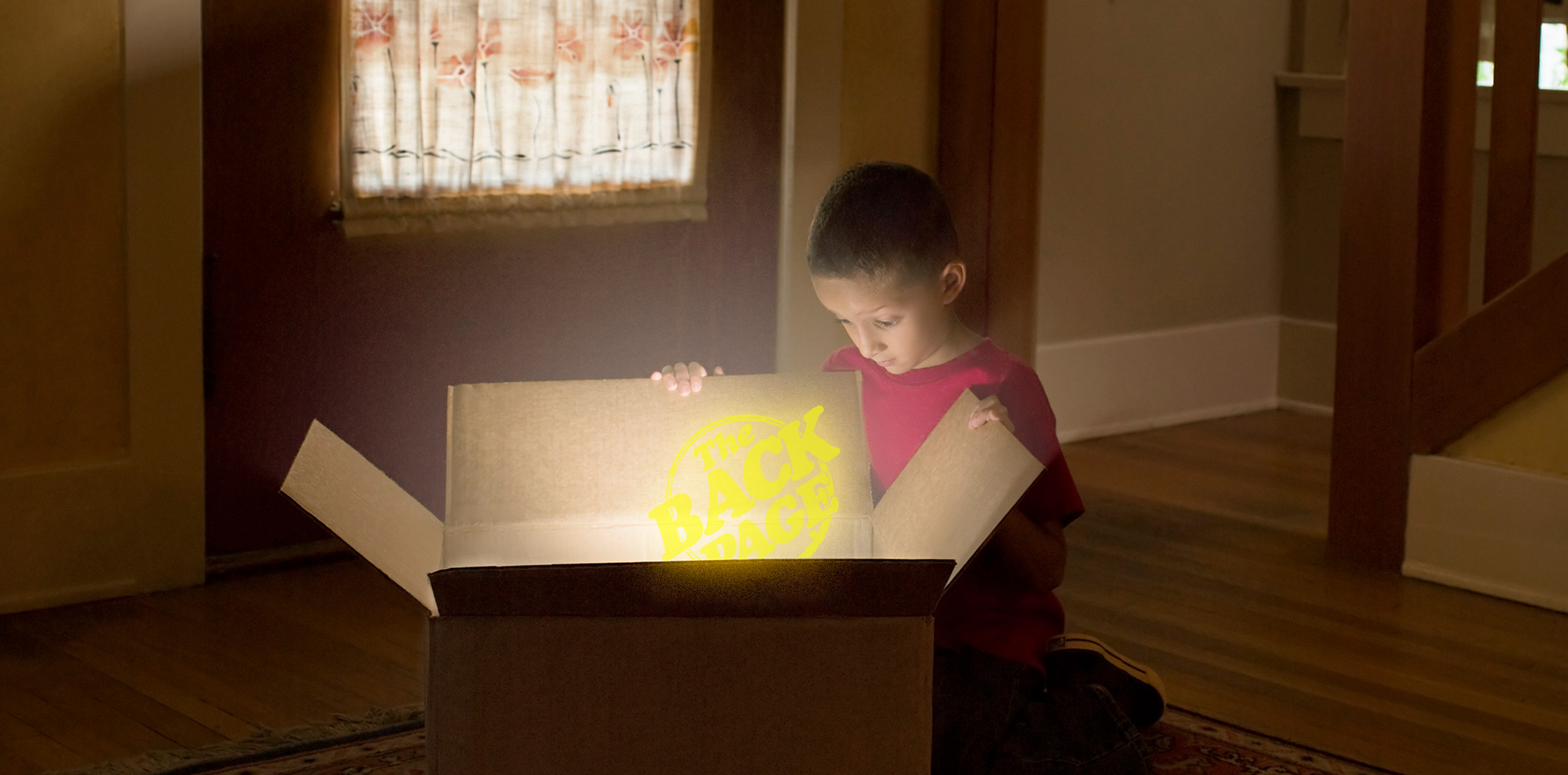Children, unlike apes, will often forgo a known reward in favour of an unknown one.
The Back Page often wonders what truly separates humans from our nearest ape cousins, besides our ability to produce cultural jewels such as FBoy Island and our choice to sometimes wear Crocs.
According to this study, out of the University of California San Diego, curiosity – defined as “exploration aimed at reducing uncertainty” – is one trait that sets us distinctly apart. Curiosity has been proposed as a driver of cultural evolution, but how keen are we to forgo sure rewards in favour of the unknown?
The team performed three studies on up to great apes (29 chimpanzees, gorillas, bonobos and orangutans) and another two on children aged three to five (n = 72 and 52), all involving choices between cups that were either transparent or opaque and contained either a single, visible reward or an unknown, possibly bigger reward (grapes for the apes, stickers for the kids).
In what they called an intervention phase, the researchers would show the apes/children the contents of the opaque cup when they chose the transparent one – revealing three rewards instead of one – and give them the option to change their choice. They compared willingness to choose the opaque cup in further tests before and after this intervention phase.
They found the children were far more likely to go for the mystery option even before the intervention – most children chose an opaque cup in early tests, whether or not they were told their aim was to get more rewards, while most apes chose the transparent cup. Both children and apes became more explorative after the intervention phase.
In the first child study, the children were told their aim was to find more stickers; in the second they were not. Even when they weren’t driven by rewards, they were still more likely to choose the mystery cup.
“A predisposition to discover what was hidden underneath the opaque options could have driven children, but not great apes, to select opaque cups before the intervention phase,” the authors write, driven by “the prospect of increasing rewards or by internal motivations to reduce uncertainty”. And/or the apes may have been more risk-averse until they saw there was a good chance there was something in it for them.
They note that in prior cognitive experiments, there was little difference in performance between apes and children of this age. They also note the limitation that all the apes in the present study were adults, and that young apes might show more exploratory curiosity. However, they conclude there are species differences in how children and apes deal with uncertainty.
None of this addresses small children’s unerring ability to find the drawer with the sharpest knife or the most lethal and well hidden garden equipment. The Back Page ascribes this and the current study results to toddler X-ray vision plus an evolutionary need to keep adults eternally on their toes.
Sending story tips to penny@medicalrepublic.com.au increases your childlike wonder and adorability by up to 30%.


